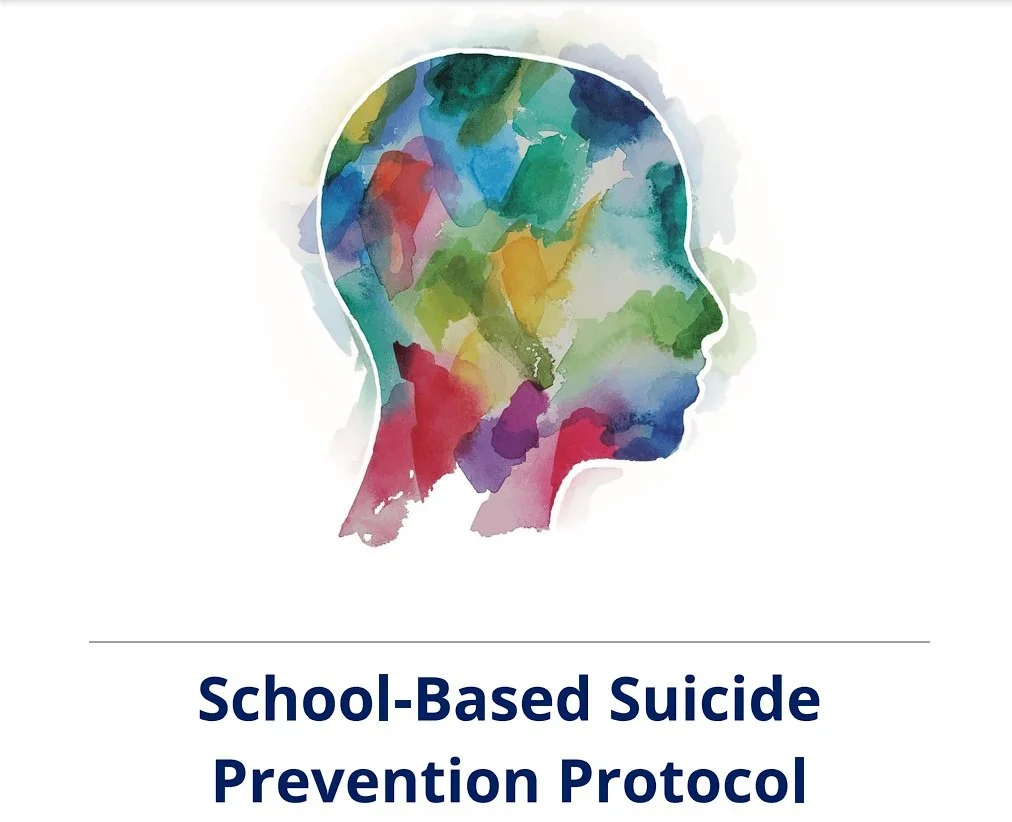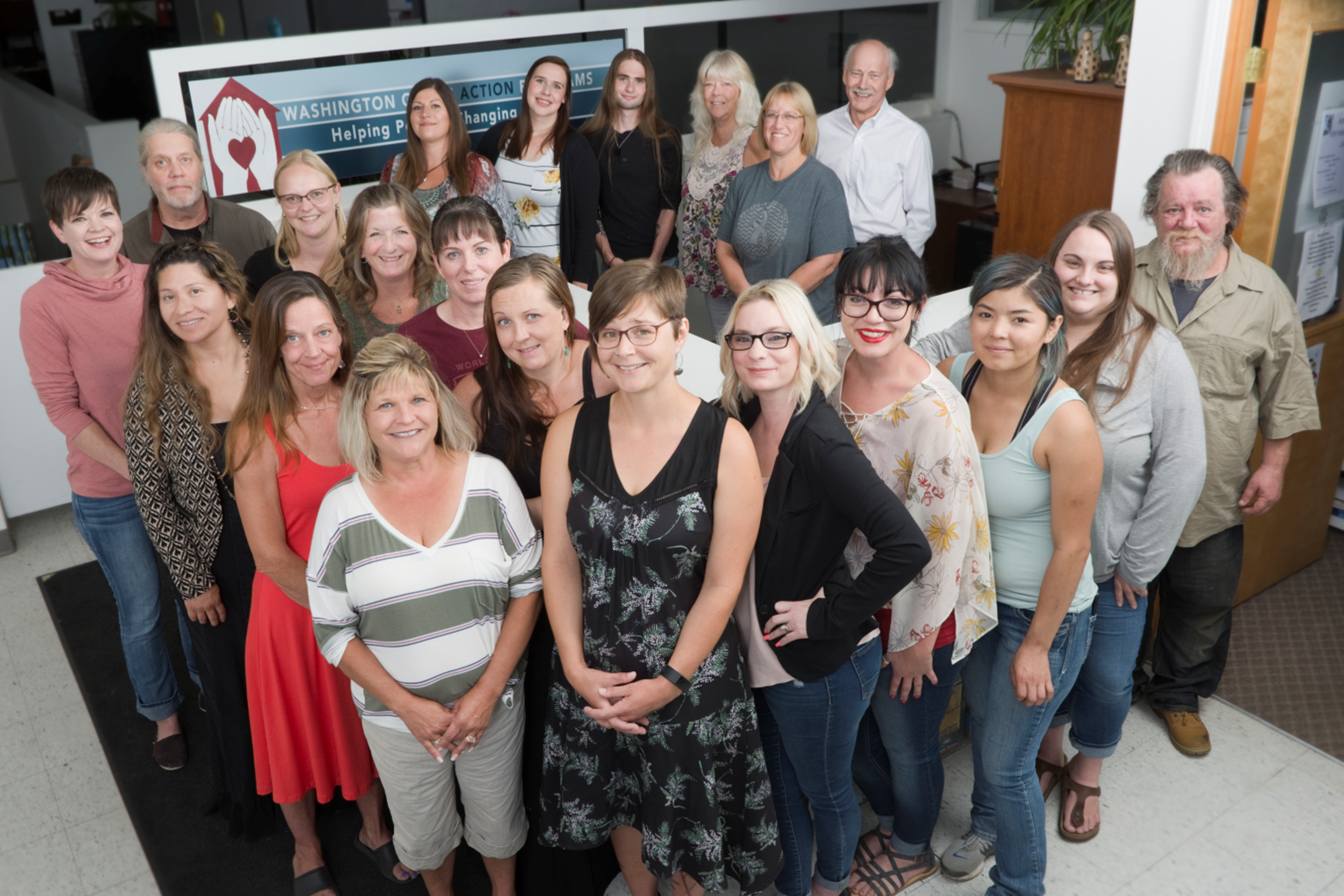White Salmon Valley School District Reviews Suicide Prevention Protocol
Content Warning/Editors Note: This article concerns suicide in our communities.
If you or someone you love is considering suicide please call the Suicide and Crisis Lifeline by dialing 988 to be connected to crisis services. The 988 Lifeline is free, confidential, and available 24/7.
¡Los servicios de texto y chat de 988 Lifeline ya están disponibles en español! Text Envía "AYUDA" al 988. For the Veterans Crisis Line text 838255 to 988. For deaf and hard of hearing folks: use your preferred relay service or dial 711 then 988. 988 also has DDH videophone options for deaf/HoH American Sign Language users. For a directory and additional crisis services visit 988lifeline.org.
Additional information and resources for mental health crises can be found at the bottom of the article.
By Ken Park
White Salmon, WA, February 14, 2024 – In what White Salmon Valley School District Superintendent Rich Polkinghorn called a timely report, the District presented to the board a breakdown of how the district addresses youth and teen suicide.
The report came in the wake of a recent teen suicide at neighboring Hood River Valley High School, where Polkinghorn had once been a teacher and principal.
“It has been an emotional week,” Polkinghorn said at the January 25 meeting.“This week, a young person at Hood River Valley High School appears to have died by suicide.
“I coached this young man's dad and uncles in wrestling when I was teaching in Hood River, I know the family well and their son's death has a far-reaching impact on the tightly-knit Gorge community,” Polkinghorn said. “This is a timely report that may be difficult for some, however, we must talk about the risks, and the realities of suicide in our community.”
Katie Rixon, Health and Wellness Coordination for WSVSD walked through the district suicide prevention, intervention, and post-intervention protocols.
“The purpose of these protocols is to provide a guide to the school district, outlining school procedures for responding to and intervening with students experiencing suicidal ideation, and to offer guidelines to school-level teams in the aftermath of a student death by suicide,” Rixon said.
The Protocol
The first step in these protocols is to identify school screeners or individuals in the school who have been trained to follow these protocols and can interview students who have been identified as potentially exhibiting suicidal behaviors.
The screening questions are fairly plain, asking the student if they have contemplated suicide in the last 1-3 months and if so how far they have thought about it and do they have the intention to act on their thoughts. An example of one of the screening questions is “Have you had any intention of acting on these thoughts as opposed to having the thoughts but not acting on them?”
Through this six-question interview process, students will be given a “designation of concern” level of either unfounded concern, level one concern, or level two concern. These designations will determine the next steps of the school screener and for the student.
If the student answers no to all six of the questions they are given an unfounded concern level.
In this case, the next steps are for the school screener to inform the school administration of the interview and to inform the student's parents. At which point the student can return to the classroom and the report is documented and filed.
If the student answers yes to the first three questions they are given a level-one concern.
A level one designation follows the same processes of notifying parents and school administrators but also includes contacting the student's medical provider if possible; as well as a school medical provider and community health provider.
If a student answers yes to the last three questions they are given a level-two concern.
A level two designation requires that the student's parents/guardians be notified immediately as well as the school administrators, and requires that the regional crisis intervention line be called.
The only exceptions to these protocols are if there is evidence of abuse or neglect by parent/ guardian and if it is clear that the student has already harmed themselves or has definitively said they intend to.
“Students in crisis should never be left alone or sent home,” Rixon said.
Regarding the latter, all the persons mentioned above are contacted and the school will support transportation of the student to the hospital and begin to develop a re-engagement plan for when the student returns to school.
School Policies Around the Gorge
Most of the major school districts in the Gorge, Hood River County School District, North Wasco School District, and Goldendale School District operate on extremely similar policies when it comes to suicide prevention and intervention, many of which were adopted in the last four years.
“Our suicide prevention policy was last updated in 2020, so we feel the policy is up to date,” Hood River County School District Superintendent Bill Newton said in an email.“Right now our focus has been dedicated toward supporting our students, staff, and families in our community.”
According to the Centers for Disease Control and Prevention, suicide is the leading cause of death for teens. Local stats on teen suicide are not currently available as Klickitat County does not currently have accurate data on how many teen suicides it has had in the last five years, but is going off of data provided by the Washington State Health Department.
Hood River County Department of Health is currently working with the HRC Prevention Office, law enforcement, community mental health resources, and the school district to create a localized database that would help track any troubling trends and come up with solutions.
“I can tell you multiple agencies and departments are working in coordination to address this devastating issue (youth suicide),” said Hood River County Department of Health Director Trish Elliot in an email.
Wasco County Health Department did not respond to requests for comment.
Additional Resources
I’m struggling, should I call the 988 Lifeline?
No matter what problems you’re dealing with, whether or not you’re thinking about suicide, if you need someone to lean on for emotional support, call the 988 Lifeline. People call to talk about lots of things: substance abuse, economic worries, relationships, sexual identity, getting over abuse, depression, mental and physical illness, and loneliness, to name a few.
Talking with someone about your thoughts and feelings can save your life.
If you are in crisis, there are options to help you cope. Such as finding a local therapist, a support group. To connect with local resources, crisis services, and support groups visit gorgewellnessalliance.org.
How to Support Someone In Crisis: Use the 5 Action Steps.
These evidence-based action steps provide a blueprint for reaching and helping someone in crisis:
1) Ask. 2) Be there. 3) Help keep them safe. 4) Help them connect. 5) Follow up.
Other ways to support your loved ones:
Practice active listening: acknowledging the speaker, responding verbally, and summarizing what you hear and reflecting it back to them.)
Use The Do's and Don'ts
Talking with and finding help for someone who may be suicidal can be difficult. Here are some tips that may help.
Be direct. Talk openly and matter-of-factly about suicide. Be willing to listen. Allow expressions of feelings. Accept the feelings.
Be non-judgmental. Don’t debate whether suicide is right or wrong, or whether feelings are good or bad. Don’t lecture on the value of life.
Get involved. Become available. Show interest and support.
Don’t dare him or her to do it. Don’t act shocked. This will put distance between you. Don’t be sworn to secrecy.
Seek support. Offer hope that alternatives are available but do not offer glib reassurance. Take action.
Remove means, like weapons or pills. Get help from people or agencies specializing in crisis intervention and suicide prevention.
Support Local News
Minimizing harm and informing our communities is in our job description.


